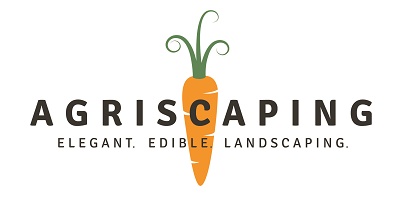Southwest Garden Soil Prep Tips: How to Get Your Garden Ready for Success
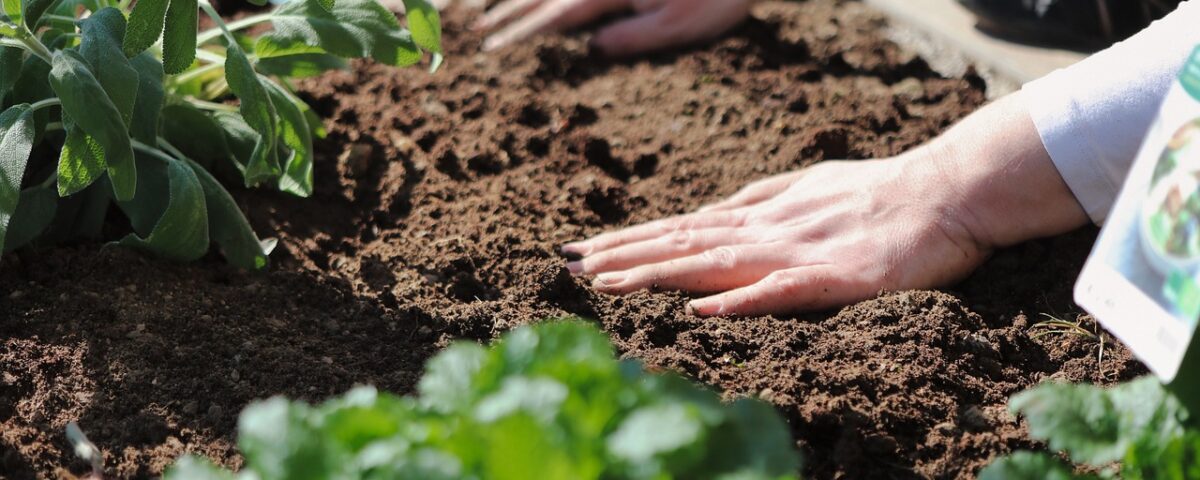
Southwest garden soil prep tips? Yes, please! Soil preparation is the foundation of a productive garden, especially in the desert Southwest. Without healthy soil, it’s tough to grow healthy plants. Get a jump on our upcoming workshop by following these Southwest garden soil prep tips for your garden. You’ll learn how to avoid common mistakes, keep soil rich with organic matter, and prepare for peak garden production. Let’s learn essential techniques that will transform your soil and boost plant growth.
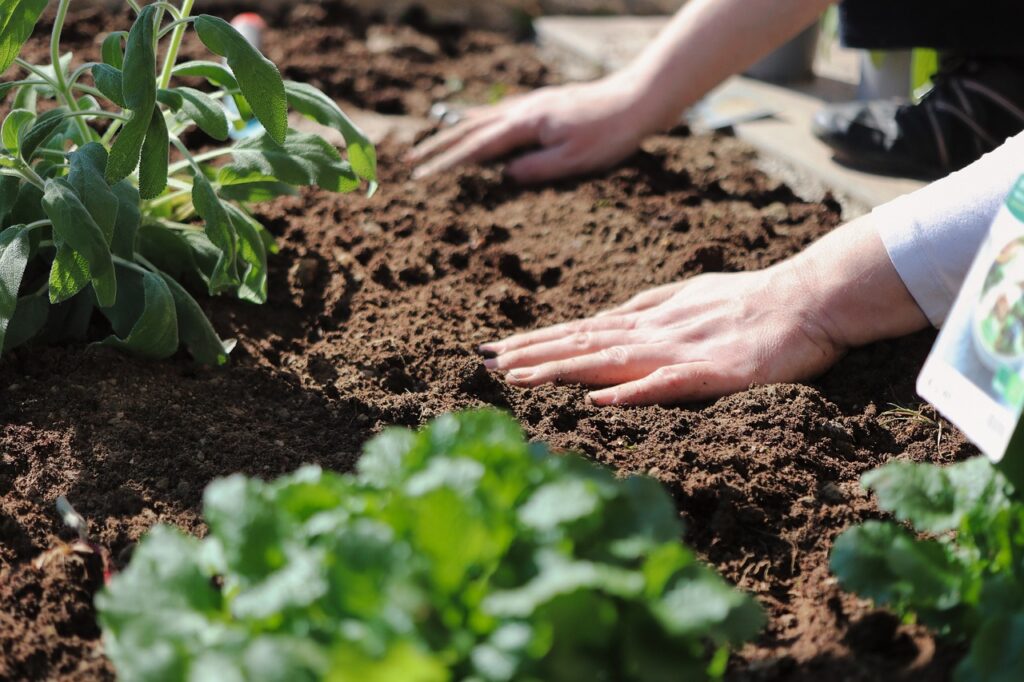
Southwest Garden Soil Prep Tips: Why Soil Health Matters
Healthy soil is the secret to garden success. Plants rely on it for nutrients, water, and support. In the desert Southwest, soil conditions can be challenging. Clay, caliche, and rocky conditions make it harder to maintain a healthy garden. But with the right prep work, you can turn even the toughest soil into a thriving plant bed.
The key is organic gardening and maintaining the natural structure of the soil. This keeps beneficial microbes alive and supports plant growth. You’ll also avoid many pitfalls by skipping heavy tilling techniques, which damage the soil.
Avoid Heavy Tilling
One of the biggest mistakes gardeners make is over-tilling the soil. While it may seem like tilling breaks up hard ground, it can do more harm than good. In fact, heavy tilling disrupts the natural structure of the soil. It also harms the vital microbes that help break down organic matter and feed your plants.
Instead, focus on methods that keep your soil healthy and intact. Lightly loosen the top few inches of soil if needed, but avoid deep digging. You want to keep those beneficial organisms working.
Why Over-Tilling Is Harmful
- Breaks down the soil’s structure.
- Reduces moisture retention.
- Kills beneficial microbes.
- Increases erosion risk.

Southwest Garden Soil Prep Tips: Start with Organic Matter
Adding organic matter is one of the best Southwest harden soil prep tips. Organic materials like compost, decomposed leaves, and aged manure enrich the soil. They improve moisture retention and provide a slow release of nutrients over time.
In desert soils, which can be nutrient-poor, organic matter helps your plants thrive. Whether you’re dealing with heavy clay or rocky soils, adding organic material is a game-changer.
Benefits of Organic Matter
- Adds essential nutrients to the soil.
- Improves moisture retention.
- Enhances soil structure.
- Supports beneficial microbes.
You can spread a 2-3 inch layer of compost over your garden beds before planting. Lightly mix it into the top few inches of soil. This keeps the soil’s natural balance intact while giving your plants the nutrients they need to grow strong and healthy.
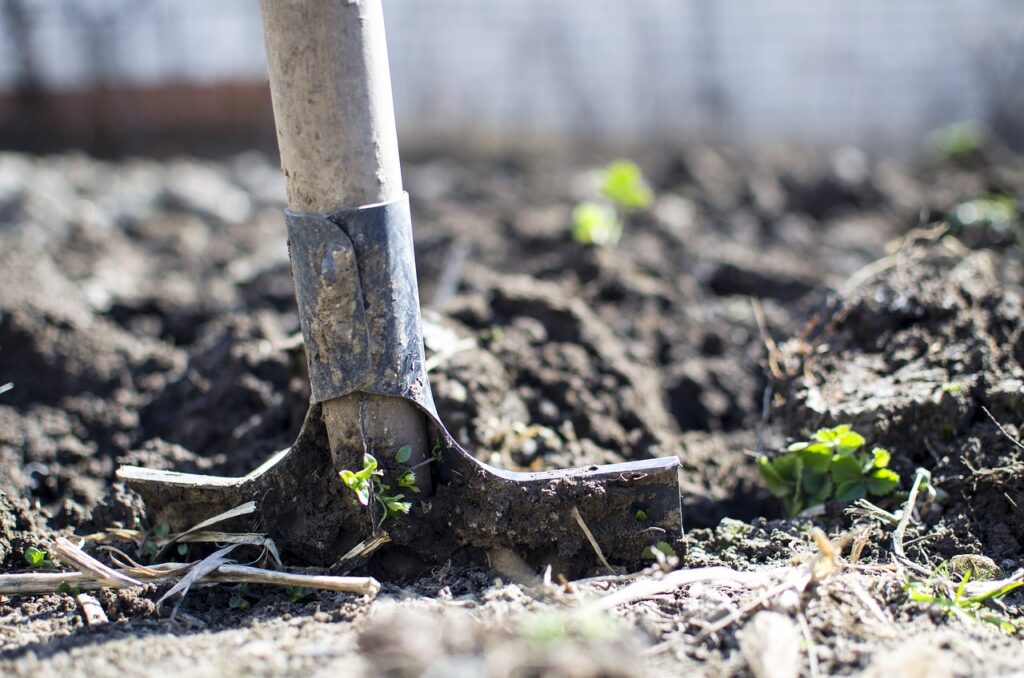
Focus on Caliche and Clay Soils
Gardeners in the desert Southwest often deal with tough soil types like caliche and clay. These soils are difficult to manage but not impossible to improve. The key is knowing how to work with them, not against them.

Tips for Caliche Soil
Caliche is a layer of hardened calcium carbonate that can form just under the soil surface. It’s common in desert regions and creates a barrier that prevents water and roots from penetrating deep into the soil. Managing caliche can be a challenge.
To break through caliche:
- Use organic matter: Spread a thick layer of compost to soften the soil.
- Avoid heavy digging: Over-tilling caliche only makes it worse.
- Dig planting holes larger: Make your planting holes 2-3 times the width of the plant’s root ball to give roots space to spread.
- Break it manually: If you hit caliche, use a pick ax or digging bar to carefully break through the hard layer.
By prepping your soil with these techniques, you’ll improve water infiltration and root growth in caliche-heavy areas.
Tips for Heavy Clay Soil
Clay soil can hold nutrients but tends to become compacted, making it difficult for plants to grow. The good news is that you can improve clay soil with the right amendments.
- Add compost regularly: Organic matter helps break up dense clay, improving aeration and drainage.
- Use gypsum: Gypsum helps improve soil structure without disturbing the clay particles.
- Avoid walking on wet soil: Stepping on wet clay compacts it further, so wait until it dries out before working the soil.
By incorporating these methods, you’ll prevent compaction and create better growing conditions for your plants.

Southwest Garden Soil Prep Tips: Watering Techniques for Improved Soil Health
Soil preparation is just the beginning. Watering techniques also play a crucial role in maintaining healthy soil. Desert gardens face the challenge of rapid water evaporation. You want to make sure water penetrates deeply into the soil, encouraging roots to grow downward instead of staying at the surface.
Tips for Effective Watering
- Water deeply: This encourages deep root growth and prevents plants from becoming shallow-rooted. Drip irrigation systems promote slow, but deep, water absorption.
- Water in the early morning: Reduce evaporation by watering early in the day.
- Use mulch: Mulch helps retain moisture and keeps the soil temperature stable.
Mulching is an essential step in soil preparation. Spread a 2-3 inch layer of organic mulch, like wood chips or straw, over your garden beds. This reduces water loss, keeps the soil cool, and adds organic matter as it breaks down.
Common Pitfalls to Avoid
Gardeners in the desert Southwest often run into a few key problems. But with these Southwest garden soil prep tips, you can avoid common pitfalls and set yourself up for success.
- Avoid synthetic fertilizers: These may provide a quick boost but damage long-term soil health. Stick to organic fertilizers and compost.
- Don’t over-water: Too much water can lead to root rot and compacted soil. Water only as needed, and let the soil dry between waterings.
- Avoid heavy machinery: Using large machines to till or dig the soil leads to compaction and erosion. Stick to hand tools for more control.
By following these tips, you’ll maintain soil that stays rich and fertile throughout the growing season.

Southwest Garden Soil Prep Tips: Preparing Soil for Winter
As you gear up for Fall, remember that soil prep isn’t just for spring. Fall is a critical time to focus on improving your garden beds. By starting now, you’ll have healthier soil when it’s time to plant next season.
Fall Soil Prep Checklist
- Remove spent plants: Pull out old plants and roots to reduce pest and disease problems.
- Add organic mulch: Spread mulch to protect the soil from winter weather.
- Test your soil: Check for nutrient levels and pH balance. Amend as needed.
Prepping your soil in the fall keeps it protected during the colder months. It also makes spring planting much easier. Your soil will be full of nutrients and ready for new growth when the time comes. ready for new growth when the time comes.

Read Our Latest Posts…
- Start the New Year with a Thriving Edible Landscape
 Expert tips for desert gardening, from plant zoning and efficient irrigation to soil care and agriscaping for a sustainable landscape.
Expert tips for desert gardening, from plant zoning and efficient irrigation to soil care and agriscaping for a sustainable landscape. - Understanding Freeze Pruning
 Expert tips for desert gardening, from plant zoning and efficient irrigation to soil care and agriscaping for a sustainable landscape.
Expert tips for desert gardening, from plant zoning and efficient irrigation to soil care and agriscaping for a sustainable landscape. - A Garden-Fresh Christmas: Agriscaping Tips for a Festive and Sustainable Holiday
 Expert tips for desert gardening, from plant zoning and efficient irrigation to soil care and agriscaping for a sustainable landscape.
Expert tips for desert gardening, from plant zoning and efficient irrigation to soil care and agriscaping for a sustainable landscape. - 7 Garden Design Themes for Your Elegant Edible Landscape
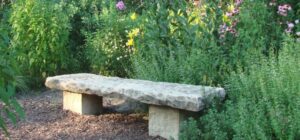 Expert tips for desert gardening, from plant zoning and efficient irrigation to soil care and agriscaping for a sustainable landscape.
Expert tips for desert gardening, from plant zoning and efficient irrigation to soil care and agriscaping for a sustainable landscape. - Subterranean Trampoline Gardens: A Hidden Oasis for Growing and Playing
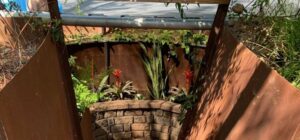 Expert tips for desert gardening, from plant zoning and efficient irrigation to soil care and agriscaping for a sustainable landscape.
Expert tips for desert gardening, from plant zoning and efficient irrigation to soil care and agriscaping for a sustainable landscape.
